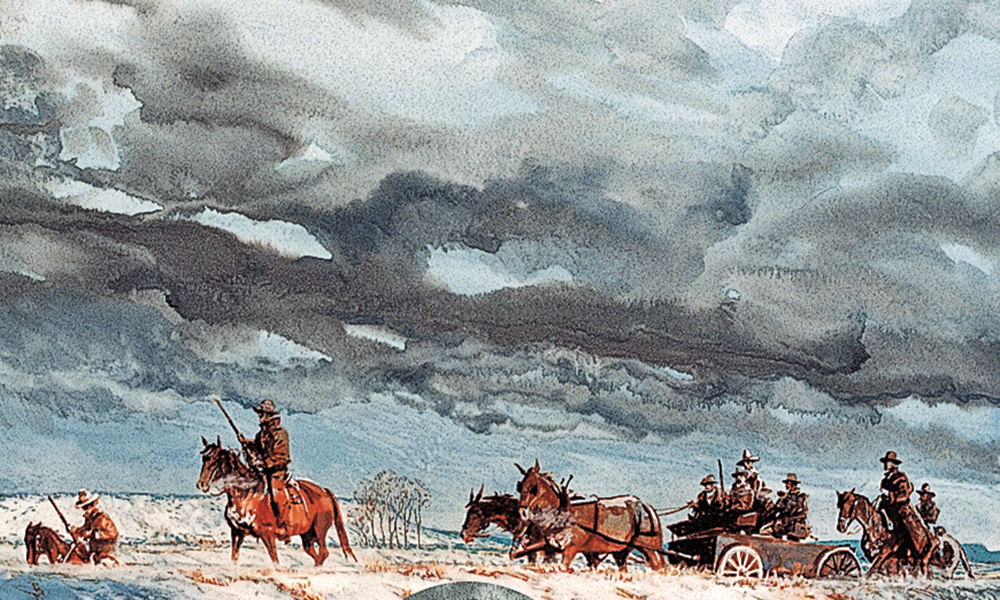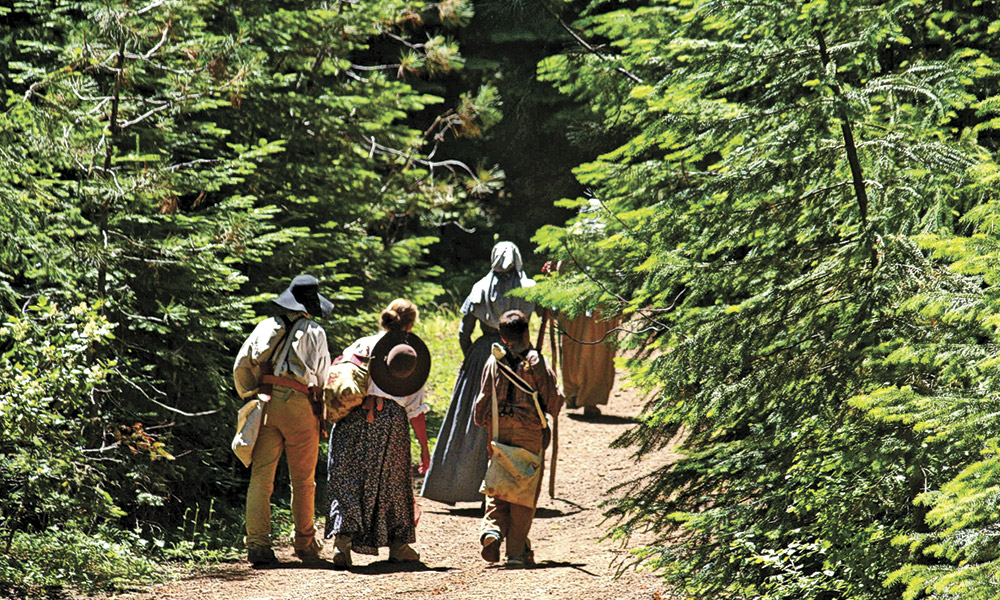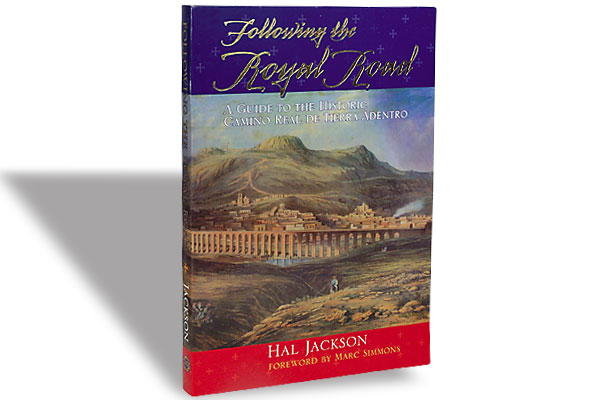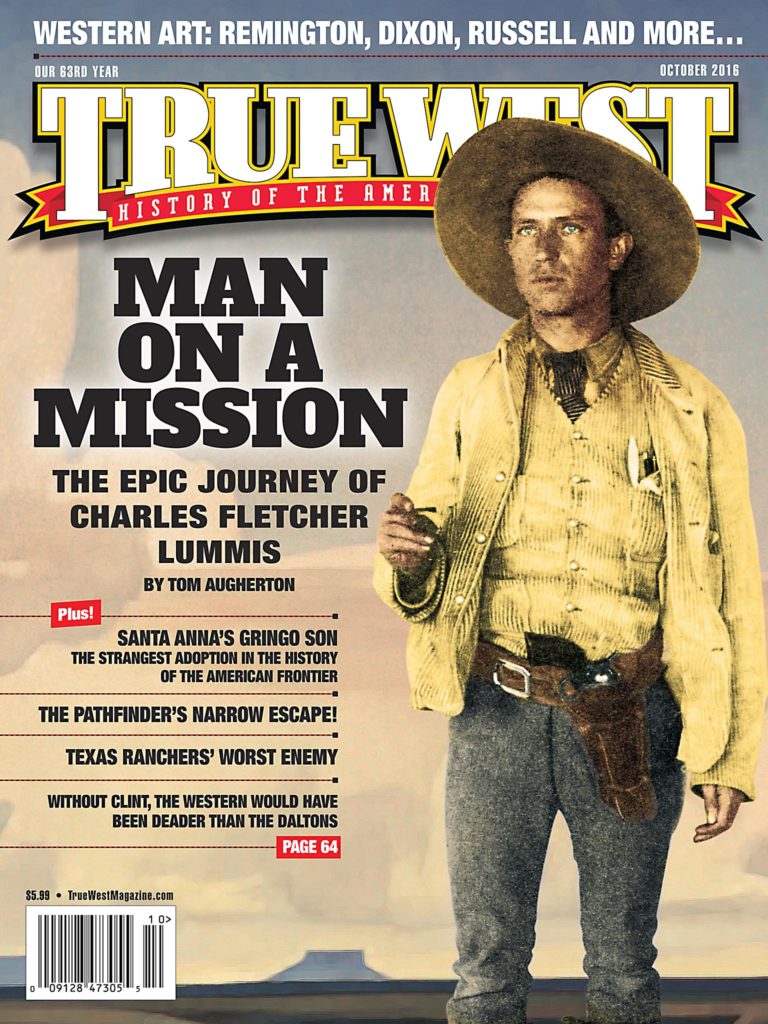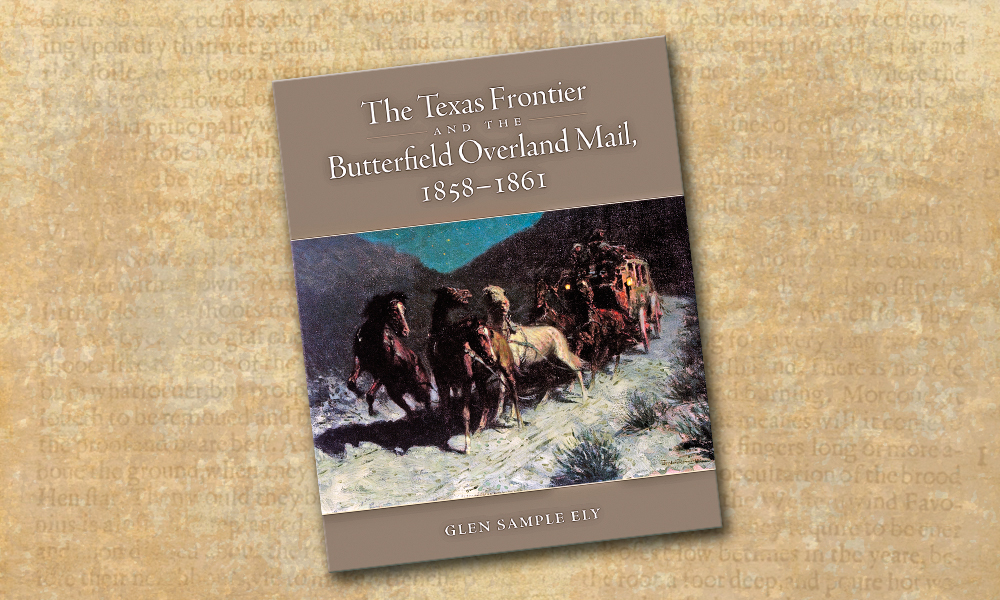
Roads and highways, from the Appian Way to Route 66, have been romanticized and mythologized through the eras, celebrated as both feats of engineering as well as pathways for national triumph and success. The construction, operation and suspension of the first transcontinental mail delivery service is the subject of Glen Sample Ely’s The Texas Frontier and the Butterfield Overland Mail, 1858-1861 (University of Oklahoma Press, $34.95). Based on 25 years of research, the author’s comprehensive primary and secondary research, archaeological research in the field, and applied use of museum ephemeral collections, the volume should be considered the definitive study of the legendary stage line, but also a model public history project. His focus on the route in Texas, from its crossing of the Red River on the Oklahoma border to its trail into New Mexico, also provided Ely with a historical platform from which to examine the pressing issues of frontier Texas and the state of the nation in the 30 months leading up to the Civil War, including the politics of secession, slavery, race, and relations between the Comanche, Apache, Mexican and American settlements and settlers. The author states succinctly in his introductory chapter: “Far more than some faded, romantic relic of the Old West, the Butterfield Overland Mail provides the ideal window through which to view the land and those who inhabited it.”
Another major strength of Ely’s well-annotated book is his focused research—and conclusions—on the Butterfield line in Texas. The structured scope of an intrastate history provides the reader with both a macro and micro history of the Lone Star State in the three years leading up to the Civil War. Ely’s research and conclusions expertly tie Texas frontier life, the history of the stage line, and the life and role of John Butterfield, president of the Overland Mail Company, in the context of the sectional differences of the impending conflict, the demise of the Butterfield Overland Mail in 1861, and the route’s influence on the settlement patterns of the Texas communities along the stage line’s route.
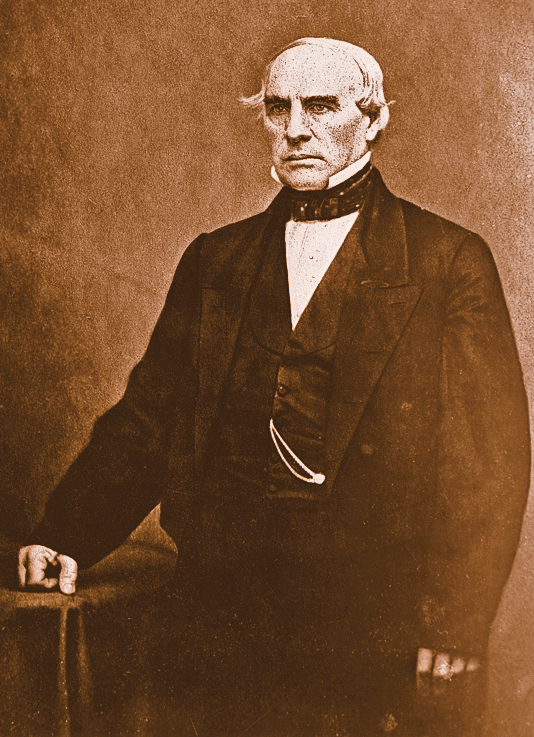
– Courtesy Seaver Center for Western History Research, Conkling Papers, Los Angeles County Museum of Natural History –
Going forward, public and traditional historians of the American 19th century should consider Ely’s The Texas Frontier and the Butterfield Overland Mail as the model for future comprehensive archaeological-history studies of national, regional, state and local roads and transportation corridors. His hybrid style, which aficionados of the Butterfield will greatly appreciate, is similar to a trend in publishing seen recently in Gary and Margaret Kraisinger’s The Western Cattle Trail: Its Rise, Collapse, and Revival, 1874-1897 (Mennonite Press, 2015), Alvin Lynn’s Kit Carson and the First Battle of Adobe Walls: A Tale of Two Journeys (Texas Tech University Press, 2014) and Jim Ross’s Route 66 Crossings: Historic Bridges of the Mother Road (University of Oklahoma Press, 2016). Ely graciously acknowledges that his quarter decade of field research was inspired by intrepid Butterfield historians Margaret and Roscoe Conkling and Jesse Wallace Williams, but Ely’s study of the stage line’s route across the Lone Star State, from the Red River to the New Mexico state line, will stand the test of time, as the archetype for all who follow in his footsteps attempting to chart the history of the Butterfield from the Mesilla River Valley to San Francisco Bay.
—Stuart Rosebrook


